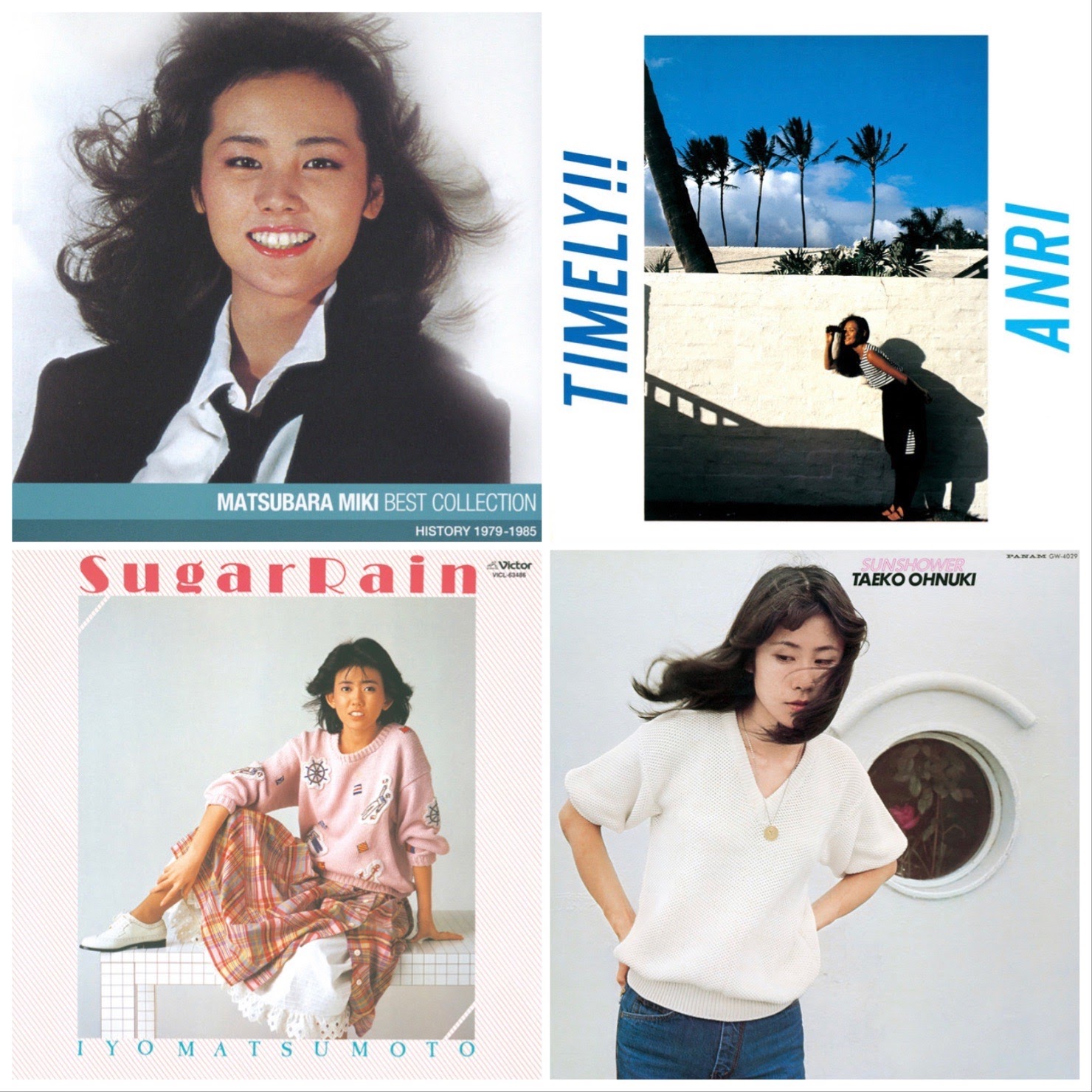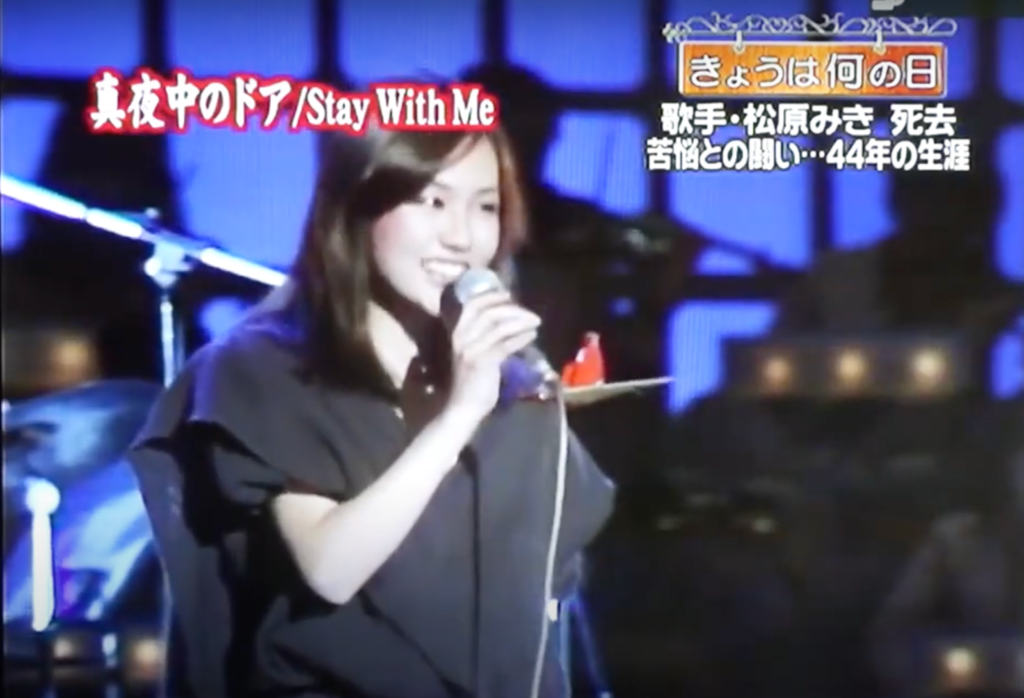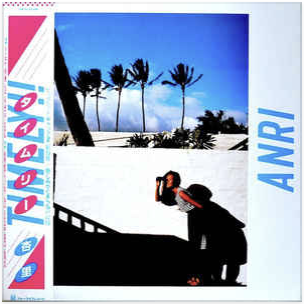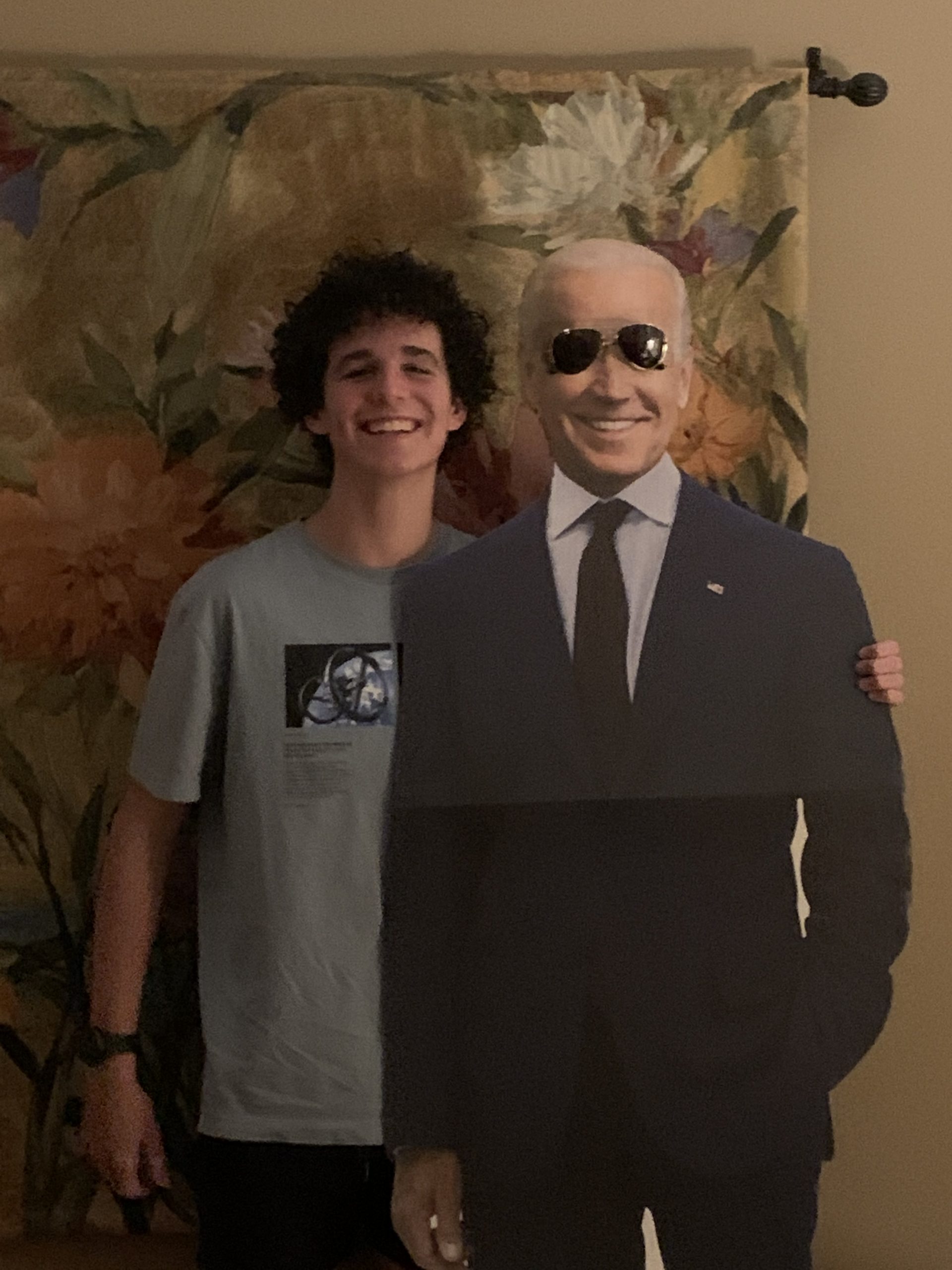
Japanese city pop is a lot more than just a genre of music; it tells the story of 1980’s Japan, a golden era in Japanese history. The extravagant horns, up-tempo piano, rhythmic bass guitar, and legendary melodies make city pop unique.
The music brings a feeling of desiderium–as soon as you hit the play button you teleport to a heavenly place of blue skies, beautiful sky-scrapers, and mystical beaches. The overarching feeling of peace and happiness that city pop brings is unrivaled by any other genre of music.
Songs like “Stay with Me” by Miki Matsubara or “Remember Summer Days” by Anri can lighten any mood. The feeling of pure bliss that comes with songs like those is unlike any other.
The Rise:
City pop arose in Japan during the late 1970’s. During this time, Japan was going through a golden period. Japan had one of the highest standards of living in the world. This was because of their high wages, low unemployment rates, and excellent health care system.
This originated from great advancements in technology and expansions in trade around the world.
Most everyone in Japan was much happier during this period of time and that sparked a movement towards happier music, which is where city pop found its role.
One of the first artists to start producing city pop was Taeko Ohnuki. Ohnuki’s most popular album during this time was SUNSHOWER and containing some classics like “Tokai” and “Summer Connection.” Ohnuki had a more relaxed style than most other city pop artists, but she led the way for many other artists to release great albums.
The real spike in city pop started in the early 1980’s with the “king” of Japanese city pop, Tatsuro Yamashita. Yamashita released some iconic albums during the early 1980’s including For You which many consider to be the greatest city pop album of all time.
Following Yamashita came a string of other groups and artists who released phenomenal albums, these artists include: Anri, Miki Matsubara, Junko Ohashi, Omega Tribe, Mariya Takeuchi, Sugiyama Kiyotaka, PIPER, and Iyo Matsumoto among other great artists.
Anri and Miki Matsubara were more popular artists at this time, some of their most popular albums were Timely!! by Anri and Pocket Park by Miki Matsubara. These albums include classics like:
“Mayonaka no Door/Stay With Me”

“Remember Summer Days,” and “Windy Summer”

These songs reflected the environment of Japan during that era with its euphoric vibe. The citizens of Japan were living happy lives where most of them were employed and lived in big beautiful cities and had few worries. Enthusiastic pop songs lightened the mood for long night drives or beach trips.
The Fall:
Although city pop was riding on the high horse throughout the 1980’s, the economic crash of the 1990’s and early 2000’s put city pop on a downward spiral.
Gone were the days of glory where care-free Japanese citizens would listen to city pop and ride happily into the sunset. These times were hard. Everyone was scrambling to find a foothold in society as people started losing money and fell into poverty.
City pop found itself thrown to the sideline as it no longer fit in with the mood of the Japanese people. It became less and less popular and was slowly pushed aside and replaced by other genres of music.
The popular artists of the 1980’s slowly stopped releasing music and if they were releasing music it was not nearly to the quality it was in the 1980’s.
There were still great albums being released like Tokyo Sniper by Ryusenkei, but these albums did not gain much popularity and releases became sparse. It seemed city pop had lost its appeal to the Japanese people.
The Resurrection:

As the early 2000’s came and went city pop saw little to no rise in popularity. However, as the late 2010’s came a video started to pop up on a lot of people’s Youtube feeds: “Mariya Takeuchi 竹内 まりや Plastic Love.” This video was an extended version of Mariya Takeuchi’s hit song “Plastic Love,” and quickly found popularity in the West. The video now has over 60 million views.
After “Plastic Love” gained a lot of popularity in the West, people started digging around and found other Japanese city pop songs including “Mayonaka no Door/Stay With Me” by Miki Matsubara.
As city pop slowly gained in popularity, a few fans used samples of the songs to create popular future funk songs. Artists like Yung Bae, Macross 82-99, and Night Tempo would take snippets from old city pop songs and incorporate them into new songs of their own. This played another role in boosting the popularity of city pop as fans of the future funk songs would find the city pop songs sampled in the future funk songs.
As 2020 came along, many people had found the gold mine of city pop songs from the 1980’s. Some Japanese fans from the West wanted to see if their parents recognized the old songs, so they decided to record them and post them on TikTok. The song of choice was “Mayonaka no Door/Stay With Me”. The TikTok blew up gaining millions of views and started a trend. This trend brought even more attention to city pop and helped create the small city pop community in the West.
Japanese city pop has had an interesting history of ups and downs; however its uplifting and loveable vibe saved it from extinction. Most people can appreciate city pop even if they may not understand the lyrics and that is what has preserved city pop’s legacy.

Hi! My name is Francis and I am a senior editor for The Mycenaean. I run, I am good at Mario Kart Wii, and I’m a good cook.
[…] the time of the album’s release, Japanese city pop was in a bit of a slump. During the depression of the 1990’s and early 2000’s city pop artists […]